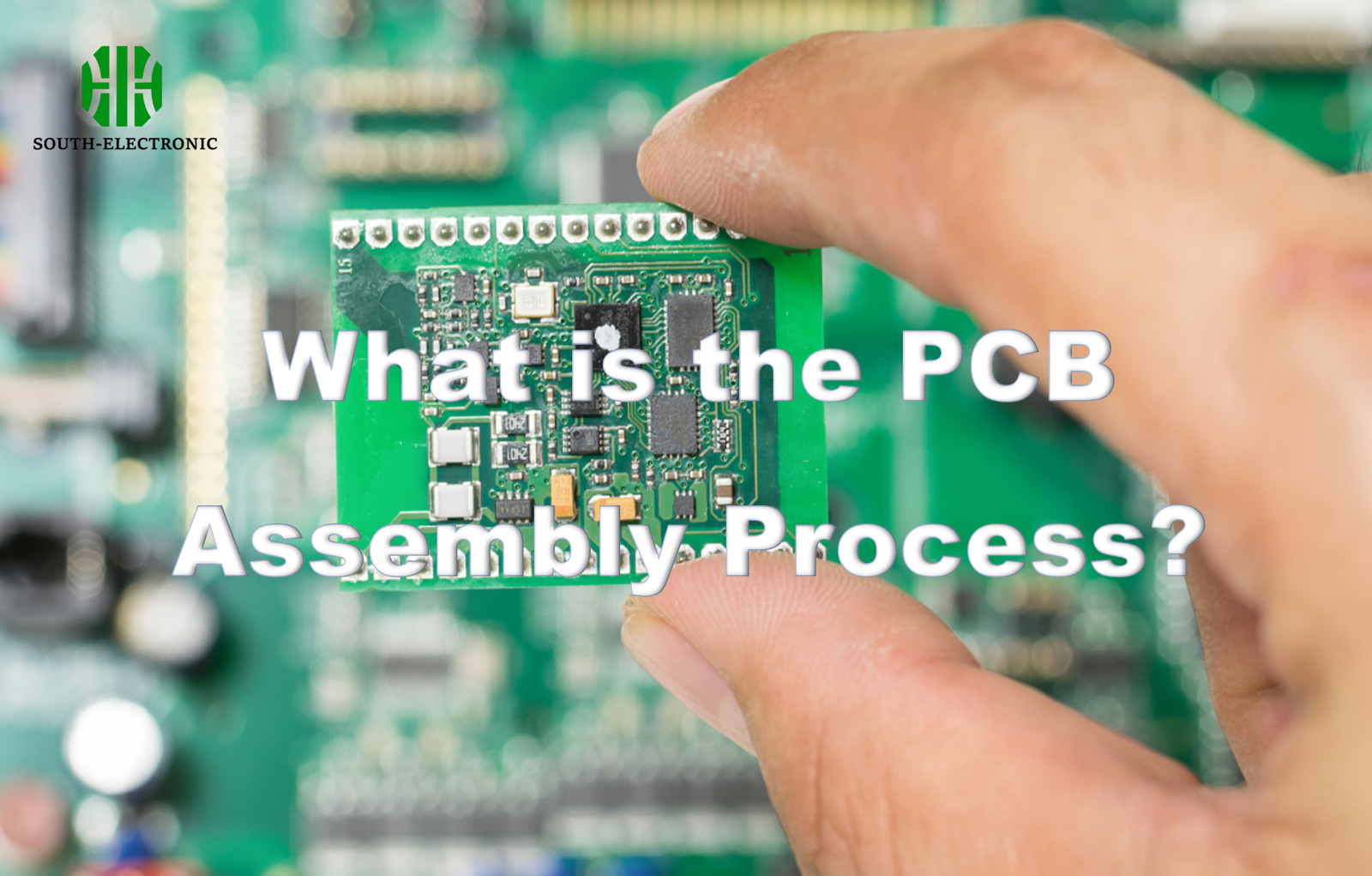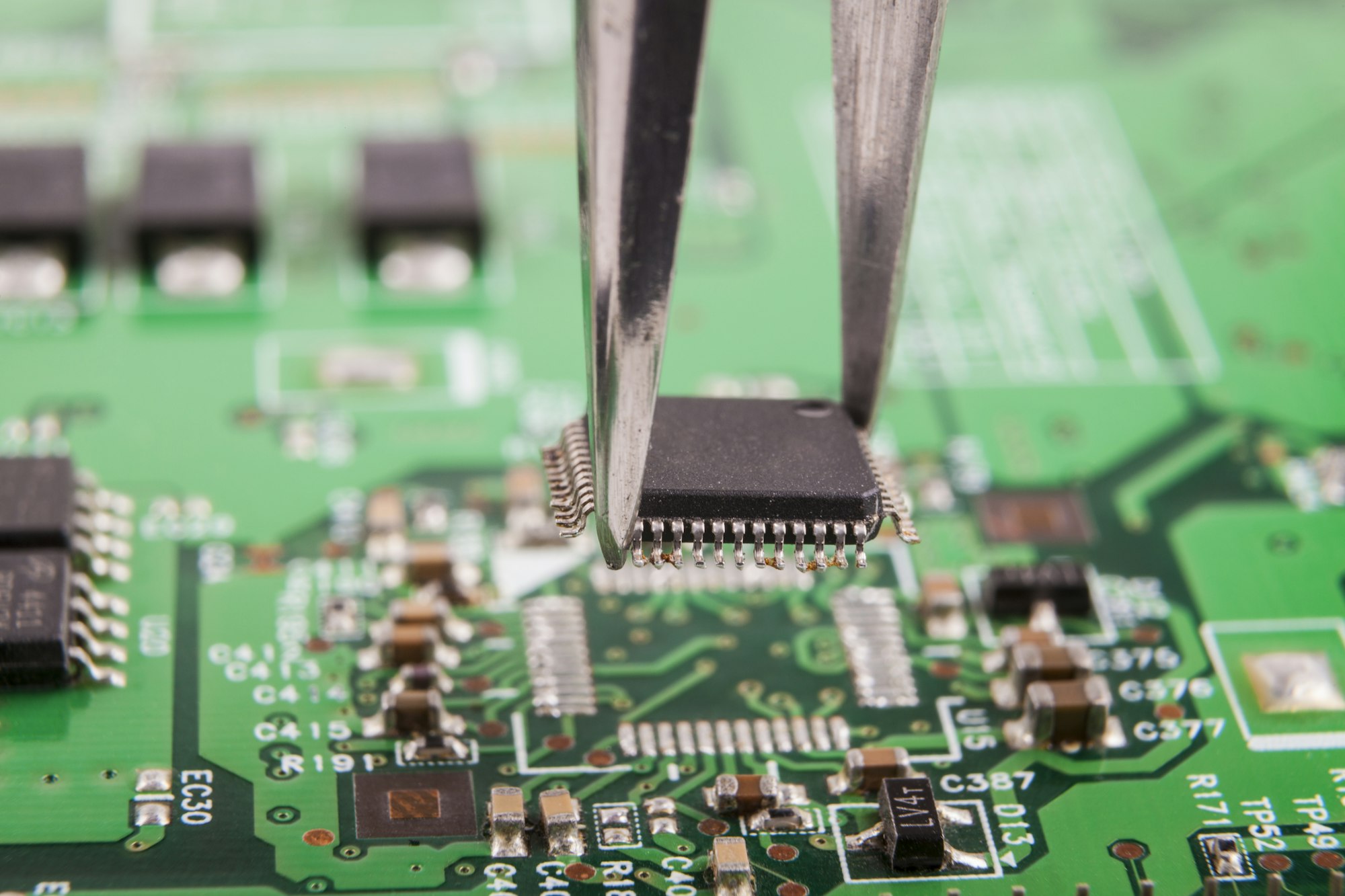Creating electronic devices is exciting until you hit manufacturing snags. Faulty assemblies waste time and money. Avoid this by understanding PCB assembly clearly.
PCB assembly places and solders components onto bare circuit boards. It uses automated steps: solder paste application, component placement, reflow/wave soldering, and quality testing. This builds functional electronics like computers or phones.
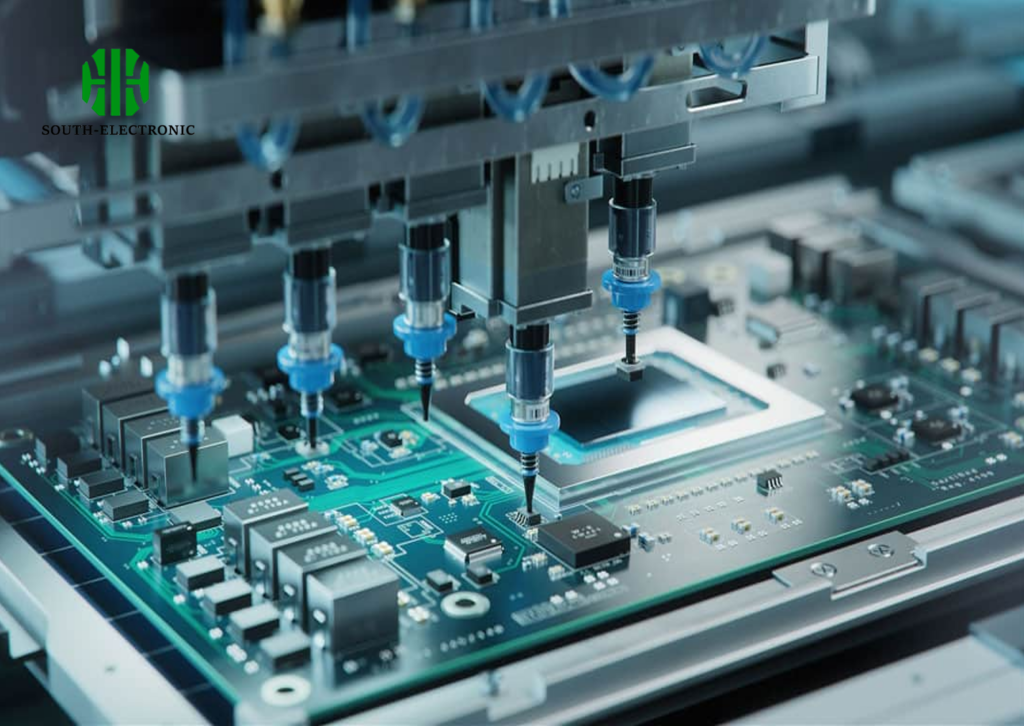
Get the full blueprint below – I’ll break down costs, timelines, and critical certifications that protect your projects.
What Quality Certifications & Standards Matter Most in PCB Assembly?
Faulty electronics frustrate users. Without proper checks, devices fail prematurely. Stick to certifications that ensure long-lasting performance.
ISO 9001 and IPC-A-610 rank highest. ISO tackles quality management systems, while IPC defines acceptance criteria. Both minimize defects to keep your products reliable and safe.
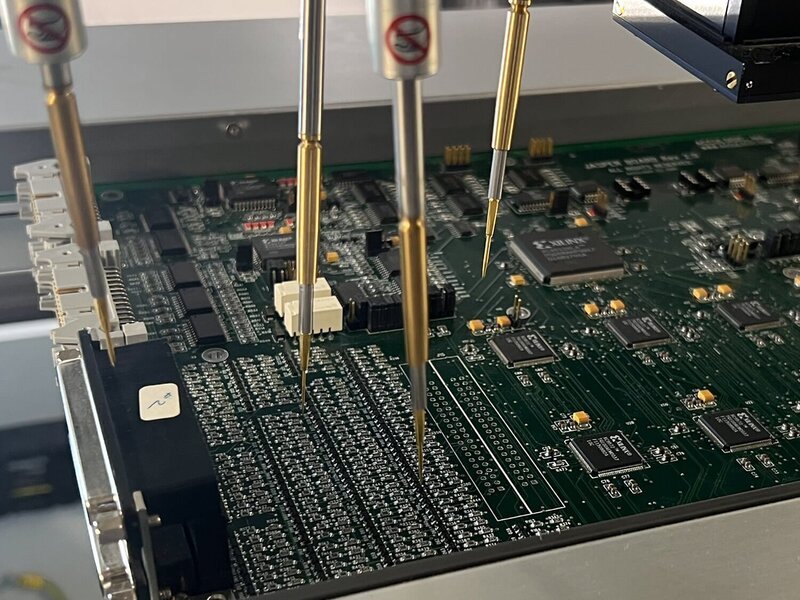
Why These Standards Dominate
They cover distinct but complementary responsibilities. ISO ensures consistent processes, auditing supplier controls and documentation. IPC sets visual/functional benchmarks via criteria like solder thickness and component alignment.
I prioritize them for risk mitigation. For example:
- ISO 14001 reduces environmental hazards from chemical waste
- UL certification verifies electrical safety for US markets
Here’s a quick comparison table:
| Standard | Focus Area | Key Benefit |
|---|---|---|
| ISO 9001 | Process reliability | Predictable output, fewer errors |
| IPC-A-610 | Component quality | Prevents soldering/placement failures |
| UL/CE | Safety compliance | Avoids recalls in target markets |
Adopting these builds trust while cutting 40% of field failures according to industry data. Third-party audits enforce accountability – I never skip annual re-certifications for contract manufacturers.
How Much Does PCB Assembly Cost?
Unexpected bills tank projects. Many overlook variables that spike expenses. Know these to budget accurately without surprises.
Costs range from $0.02 to $10 per board. Complexity is key. Simple designs stay under $1; dense boards cost 10x more due to precision placement and miniature parts requiring advanced tools.
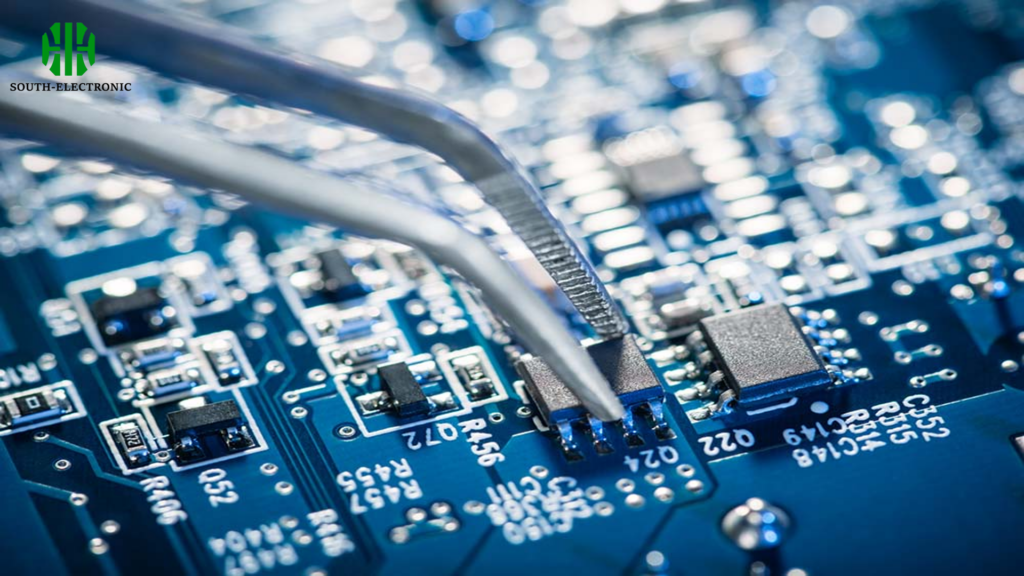
Cost Breakdown Insights
Four factors drive pricing. Component selection matters most – specialized chips add 30-50% versus generic alternatives. Board layers also impact cost: 8-layer PCBs double the price of 2-layer equivalents.
Here’s my cost-estimate table for common scenarios:
| Factor | Low-End | Mid-Range | High-End |
|---|---|---|---|
| Complexity (SMDs) | 50 parts ($0.5) | 200 parts ($2) | 500+ parts ($8) |
| Volume | 100 units ($4/ea) | 1k units ($1.5/ea) | 10k units ($0.3/ea) |
| Testing Needs | Basic ($0.1) | Functional ($0.5) | X-ray/ICT ($2) |
Optimize with these principles: standardize components, batch orders (1000-unit min cuts per-unit fees), and avoid gold-plating unless durability tests prove it’s essential. Sourcing resistors locally instead of importing saved me 22% in Q3.
How Fast Can You Get Assembled PCBs?
Delays cascade through product launches. Slow prototypes stall testing phases. Speed varies wildly – plan around these reality checks.
Standard PCBAs take 1-4 weeks. Rush services deliver in 72 hours but cost 100% more. Key factors: component stock, layer count, and testing complexity. Always verify supplier capacity first.
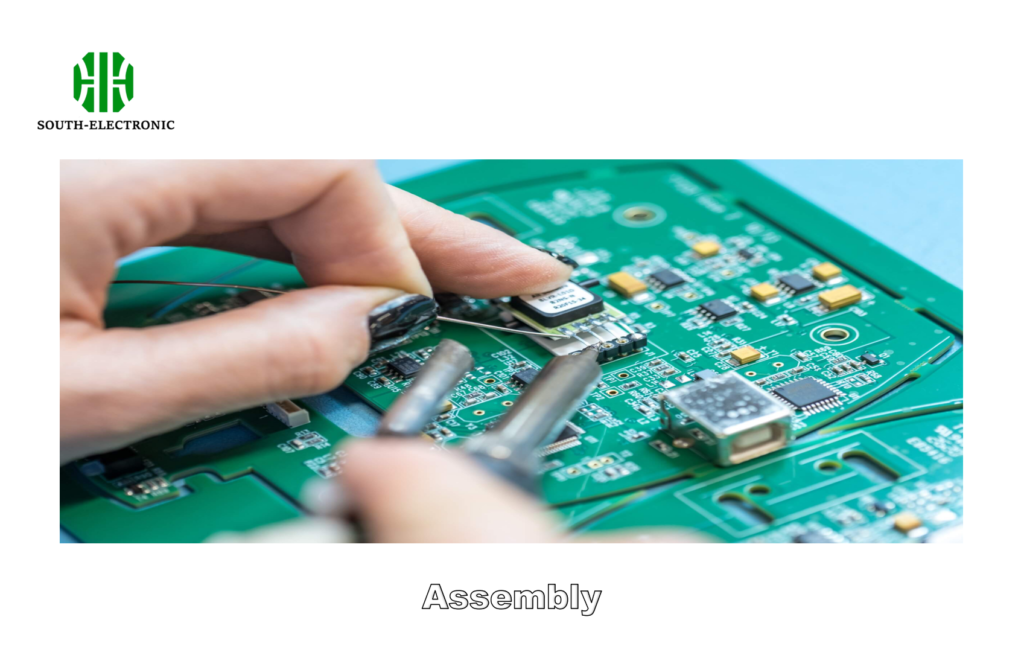
Timeline Control Strategies
Communicate deadlines upfront with suppliers. Stock shortages cause 90% of delays – I pre-approve substitute parts in BOMs. Design simplicity slashes time; 12-layer boards add a week compared to 4-layer variants.
Use this table for planning:
| Service Level | Duration | Best For | Limitations |
|---|---|---|---|
| Standard | 10-20 days | Bulk orders (+1k units) | Minimum 5-day pre-processing |
| Express | 3-7 days | Beta prototypes | 40% cost premium |
| Super-Rush | ≤72 hours | Critical revisions | Limited testing available |
Automated factories outperform manual shops for speed. My last express order worked because we finalized panelization pre-fab. Remember, functional testing adds 2 days minimum regardless of urgency.
Conclusion
Mastering PCB assembly prevents errors and timeline chaos. Prioritize critical standards, cost drivers, and speed trade-offs to ship reliable electronics on budget.

